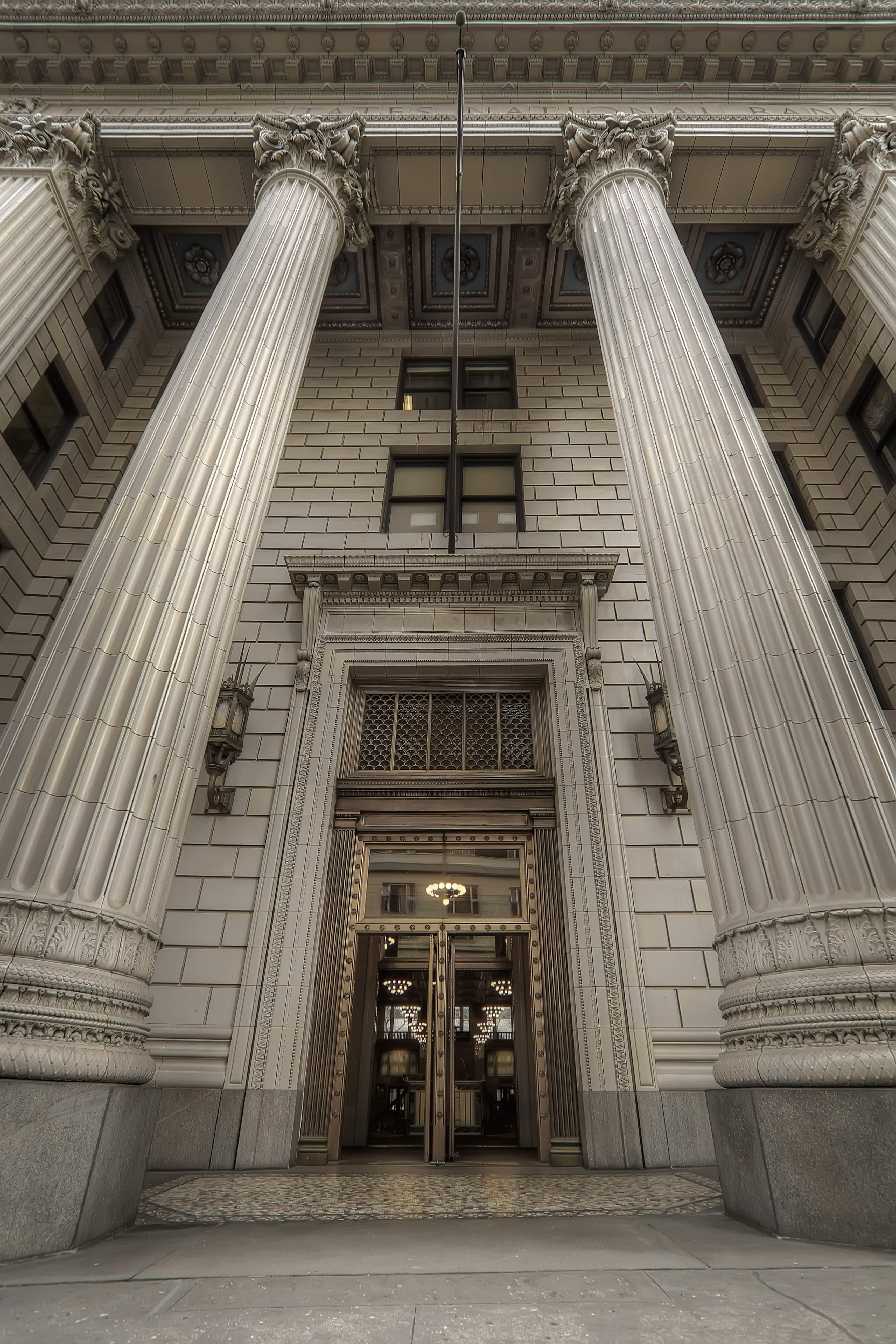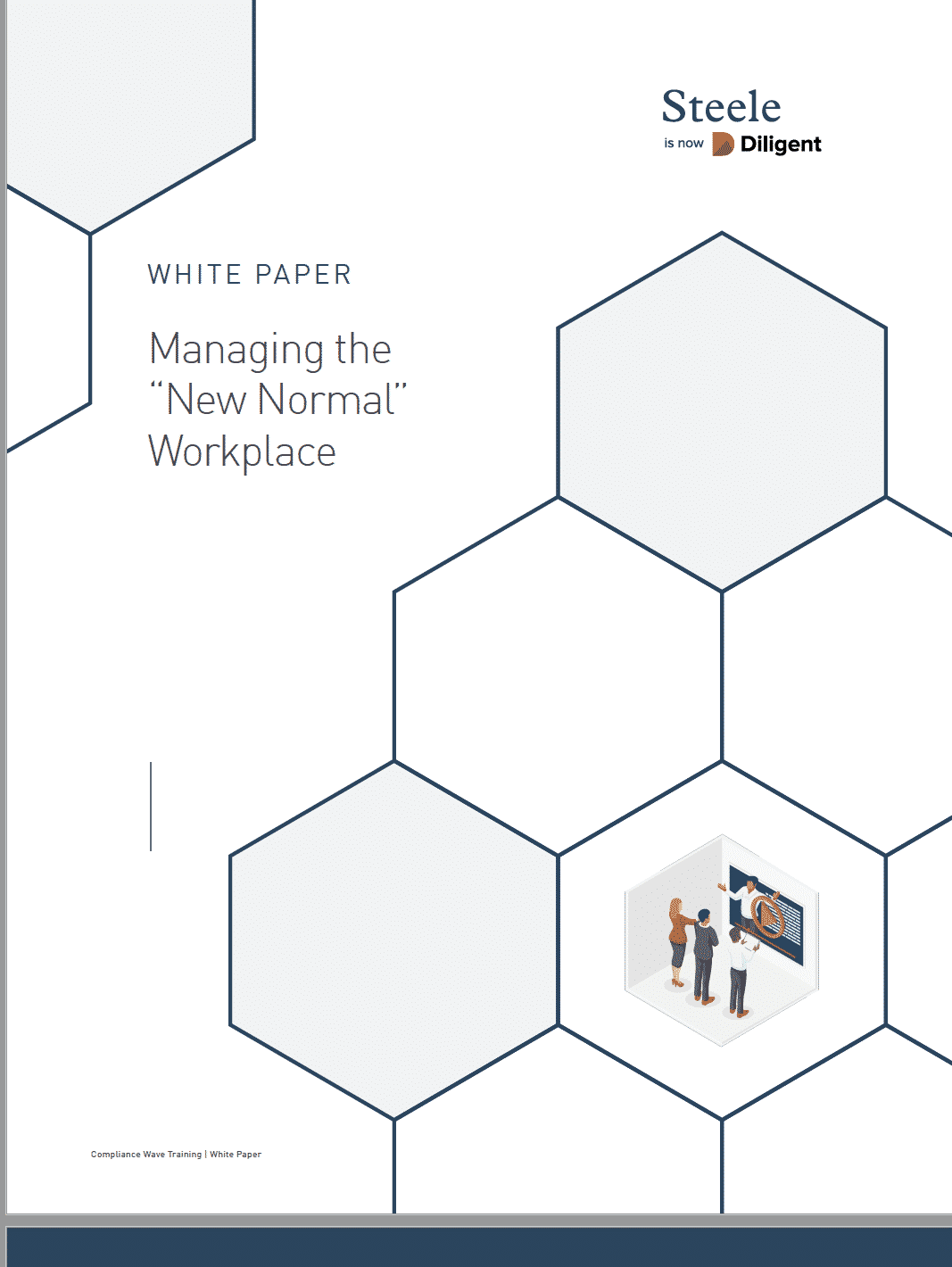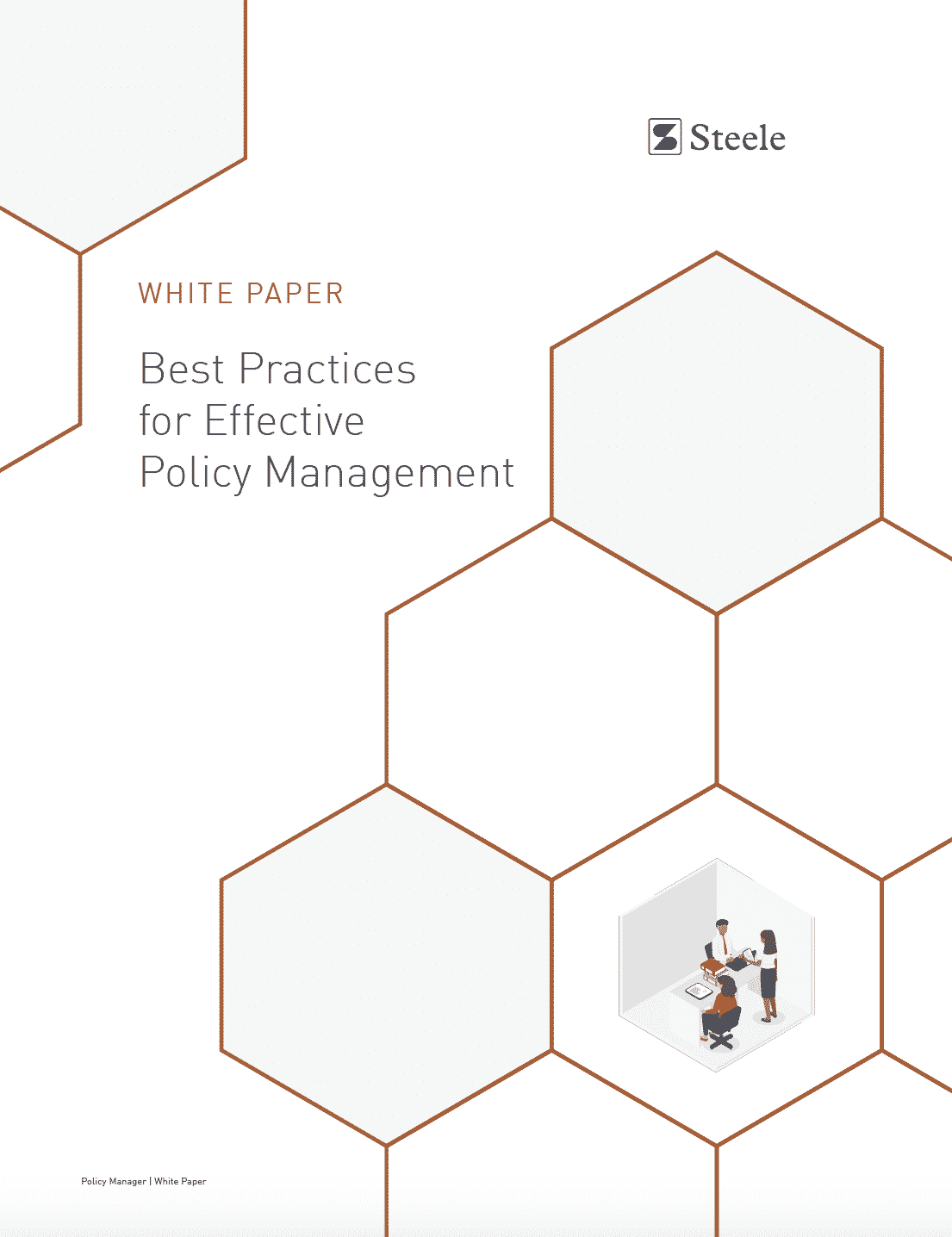For banks juggling an array of regulatory requirements, it often seems like financial crime compliance gobbles up many of the available resources – for some large banks, anti-money laundering programs alone can cost hundreds of millions of dollars a year.
Not surprisingly, the reason financial institutions have been so willing in recent years to bolster financial crime compliance budgets – including areas such as fighting fraud, corruption, sanctions, terror finance and buttress cybersecurity – is that all of these risks are rising, and failures to adequately mitigate them to regulatory expectations have seen equally stratospheric penalties, as high as $9 billion. The gulf between what banks are doing, what regulators want to see and what will actually better detect and prevent financial crime is part of the reason U.S. federal regulators in December did something they had never done before. They called on the banks creating, running and remediating these anti-money laundering (AML) programs to try something different: an invitation to innovation in an interagency statement.
Download our whitepaper to learn more.
 Back to Insights
Back to Insights



